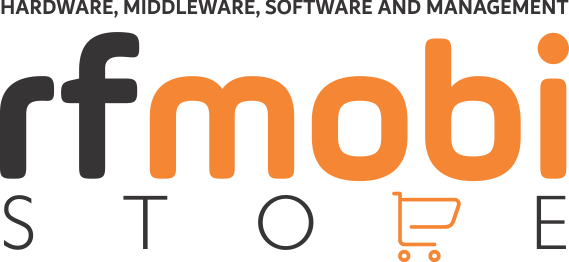Efficient inventory management and accurate asset monitoring are at the heart of every company's operational success. Despite this, most businesses squander time and money owing to poor management of their precious assets. An untraceable file, shoplifted product, lost returnable transit items, or frequent supply chain pilferage are all challenges that can jeopardize a company's integrity and hurt its competitive position.
Certainly, greater management and real-time tracking of vital assets is required!
Companies have traditionally tracked their assets and inventories using serial numbers, spreadsheets, or barcode labels. These procedures, on the other hand, are not only prone to human mistake, but also need a substantial amount of time and manual effort. Identification (RFID) technology is one way to increase asset management efficiency quickly and intelligently.
What Exactly Is RFID Asset Tracking?
Radio Frequency Identification, or RFID, is a technology that uses tiny computer chips or RFID tags to transmit and receive critical product data via radio waves or communications. A reader receives the data, which is then saved and analyzed by sophisticated RFID asset management software. Because of its extensive range and autonomous operation, RFID technology can provide exact, real-time data for both fixed firm assets and mobile inventory at every step of movement, whether within or outside the premises.
Selecting the Best RFID Tags for Asset Tracking
RFID tags are classified into two categories based on their capabilities and ranges The environment in which the RFID tags will be used, the data needs, and the size of the things to be tracked all play a role in choosing the best RFID tag.
RFID Passive Tags
RFID tags that are passive are information-enabled chips that does not have their own power source. Radio frequency energy transmitted by RFID readers or antennas is used to obtain their data. These tags are an excellent solution for item-level tracking of firm assets and numerous consumer items due to their versatility and low cost.
Active RFID Tags
Active tags have and use their own transmitter as well as a power supply built in UHF, which means (Ultra high Frequency). As a result, active tags can read up to 100 meters away. Active tags can withstand harsh environments and support sensors that monitor and communicate vehicle and cargo container parameters such as light, temperature, and humidity. They are, however, often bigger and more costly than passive tags, and their lifespan is shorter.
Asset tracking and management may be automated with RFID.
Successful traceability begins with prompt and exact product identification. At each step of the process, such as receiving, packaging, shipping, and storage, RFID technology may automate the duty of product identification. RFID-enabled software can scan moving objects, removing the requirement for physical interaction or eye contact. The scanner can offer a comprehensive scan of many items in its area from a stationary point! Throughout the supply chain, the technology may give firms extremely precise and dependable product tracking and management functions. RFID tags having a large amount of on-board memory storage capacity can store more data about a given item. The tag can be used to communicate information about maintenance operations and other details in remote places when back-end applications or databases are not available.
RFID provides more than just the ability to track a product across its entire supply chain. You can benefit from having more real-time visibility of inventory traffic. This also means you may learn more about how each product interacts with the end user or consumer. RFID technology gives firms a unique bird's-eye perspective of supply chain activities and enables real-time visibility. Raw material transportation, status on work in progress (WIP) items, inbound and outgoing shipments, metrics and analytics or inventory counts, and process traceability are all part of this.
Benefits Of Using An RFID Asset Tracking Solution
- An whole room's inventory information may now be gathered by a single person. There is no need to worry about line-of-sight between the tags and the scanner while reading a large number of tags at once.
- RFID tags may now be used to record important product information such as location, usage, and maintenance status on the asset. This allows companies to monitor asset life cycles more precisely.
- Companies may keep a precise record of their inventory or assets, decreasing downtime and search times.
- Thefts can be avoided by setting up real-time alerts or alarms that will warn you instantly if any things enter illegal areas or leave the company premises without permission.
- Data on an asset's status may be easily acquired by combining RFID tags with sensors and GPS technologies.
- When combined with a wireless LAN, an RFID system allows asset monitoring and identification from a distant location quick and easy.
What Does Traceability Do For Your Business?
Businesses may now identify any weak links or loops in the supply chain management thanks to the detailed data generated by an RFID solution. Individual items and their components can also be authenticated. The information allows producers to maintain track of circumstances and avoid product damage, deviation, or waste, as well as take strict measures to reduce the carbon footprint of their products. RFID monitoring data can provide you with the information you need to make quick and educated business choices. These actionable insights may aid in the optimization of business operations, the protection and shaping of your brand's image, and the facilitation of real-time communication with partners and end users, making every area of your company more efficient and coordinated.











 USD
USD